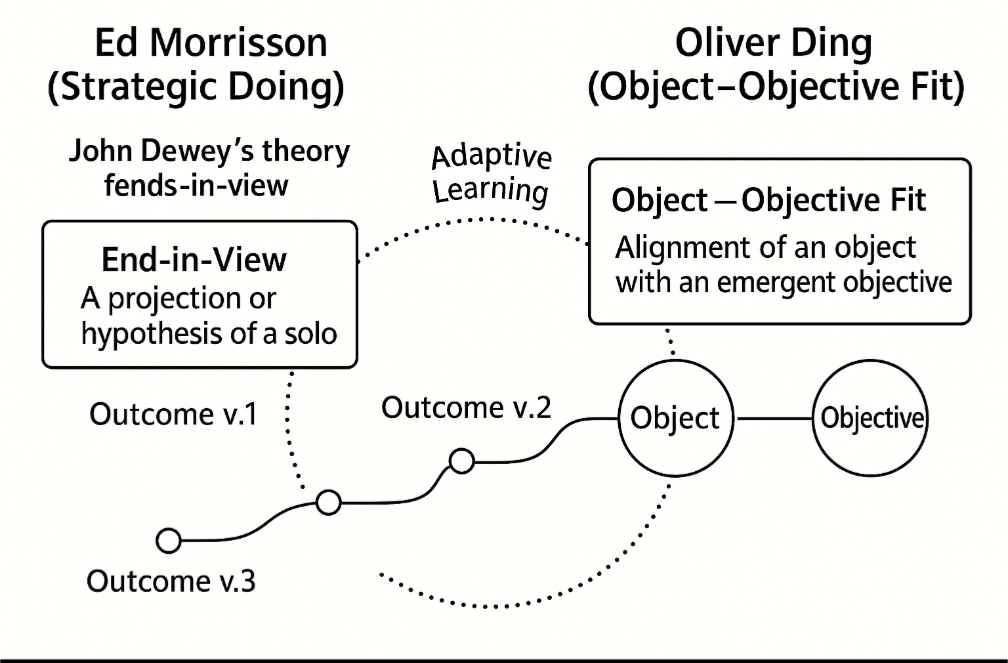🔍 The Quiet Superpower Most Leaders Ignore

A Reflective Inquiry to Rethink How We Learn, Lead, and Adapt By [Mani Vannan] Founder | Digital Foundry 360 | Leadership360 series Exploring the future of adaptive leadership in the age of Agentic AI Infographic : Key Concepts from Donald Schön's Reflective Practice Reflection-in-Action | Reflection-on-Action | Knowing-in-Action | Double-Loop Learning 👋 Dear Leaders, Have you ever found yourself executing flawlessly… yet sensing that something essential is missing? You hit the KPIs. You move quickly. You respond strategically. But beneath the surface, there’s a quiet question that lingers: “Am I solving the right problems—or just solving them faster?” As our world races forward—amplified by artificial intelligence, hyper-efficiency, and increasing complexity—this may sound counterintuitive: The most strategic act of leadership today may not be accelerating... It may be reflecting . 🌀 Why This Moment Demands Reflection Leadership in the industrial era...





